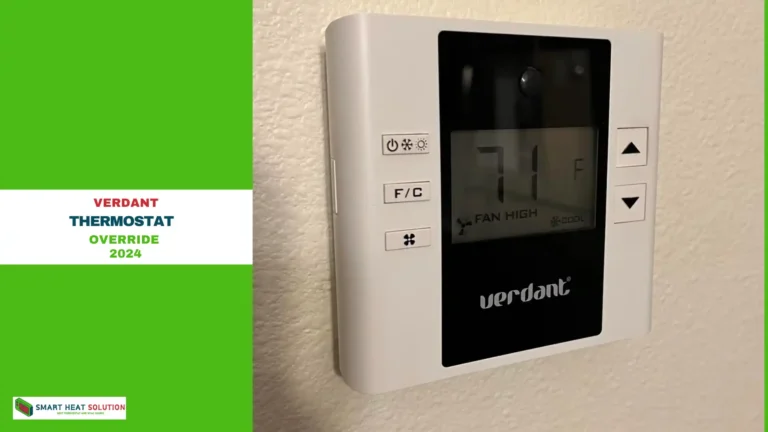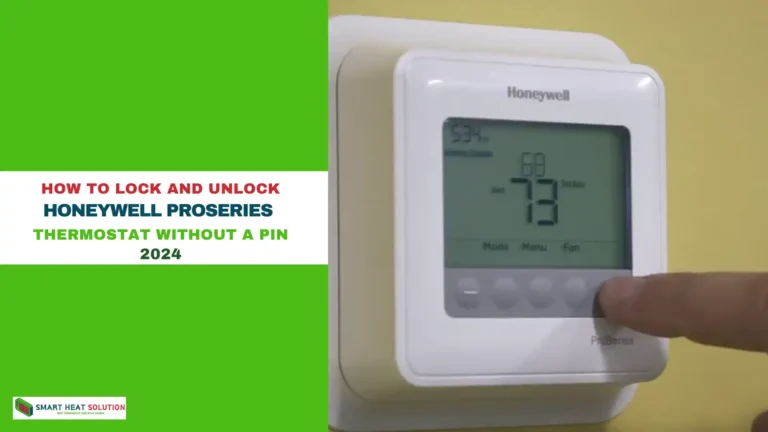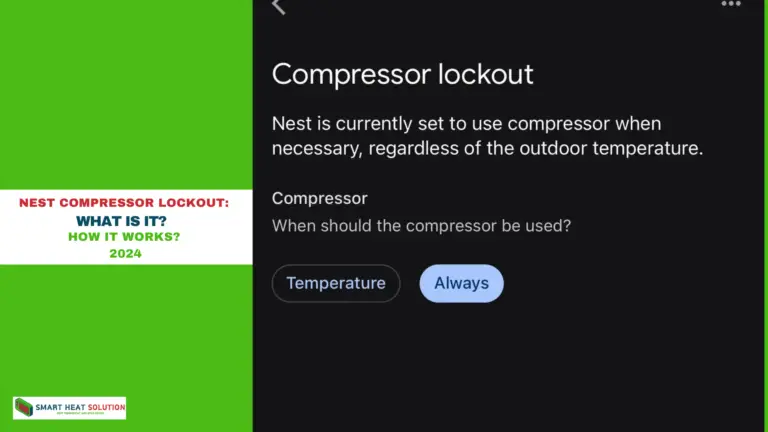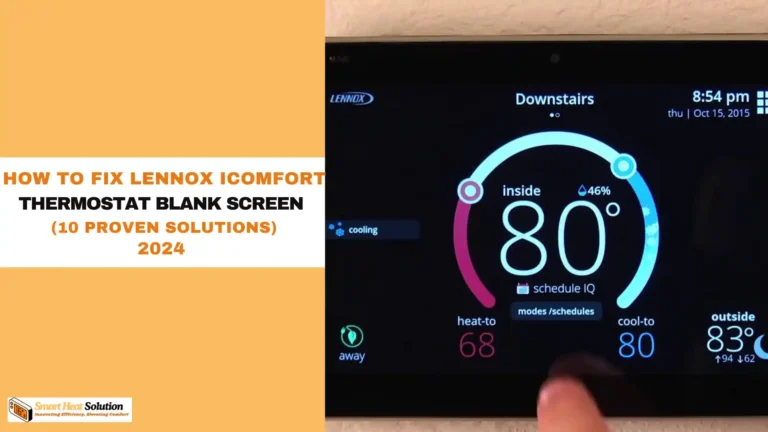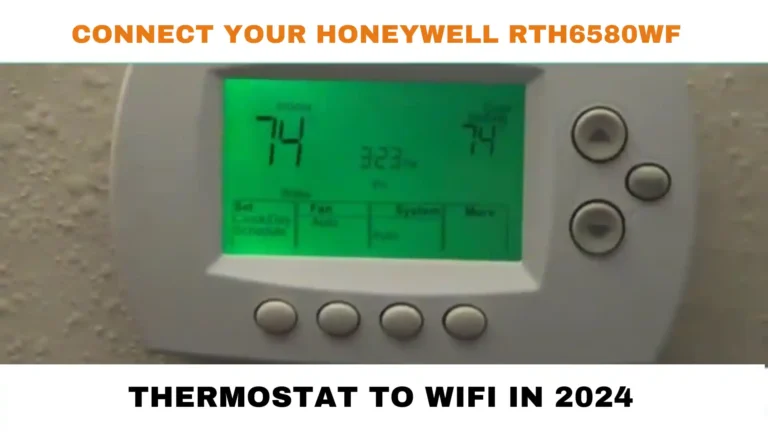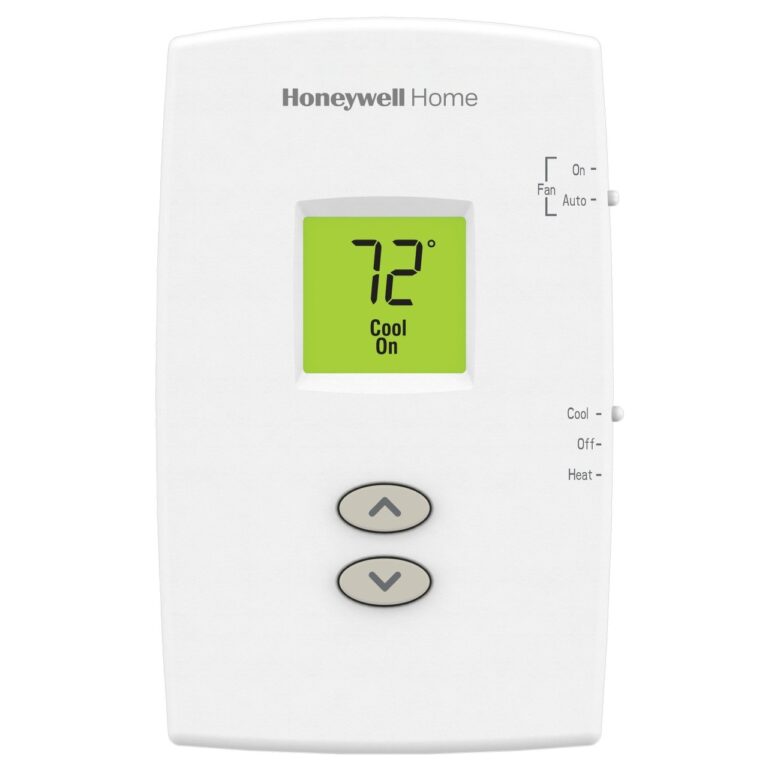Honeywell vs. Nest vs. Ecobee Thermostats: Which is Best For You?
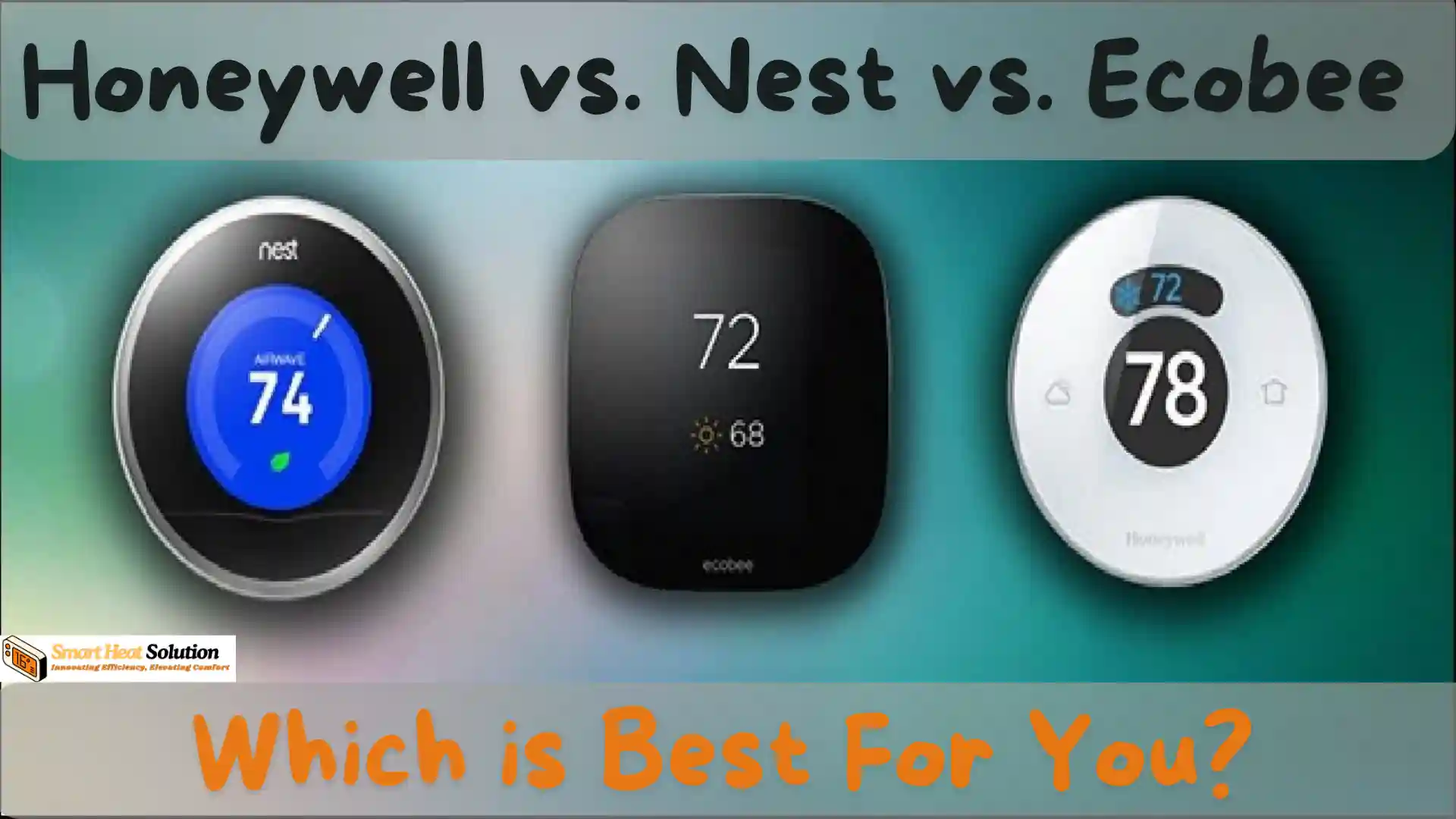
When it comes to smart thermostats, three brands stand out: Honeywell, Nest, and Ecobee.
Each offers unique features and benefits, making the choice between them a bit challenging.
As an expert in the field, I’ll break down the key aspects of each brand to help you make an informed decision.
Honeywell Thermostats
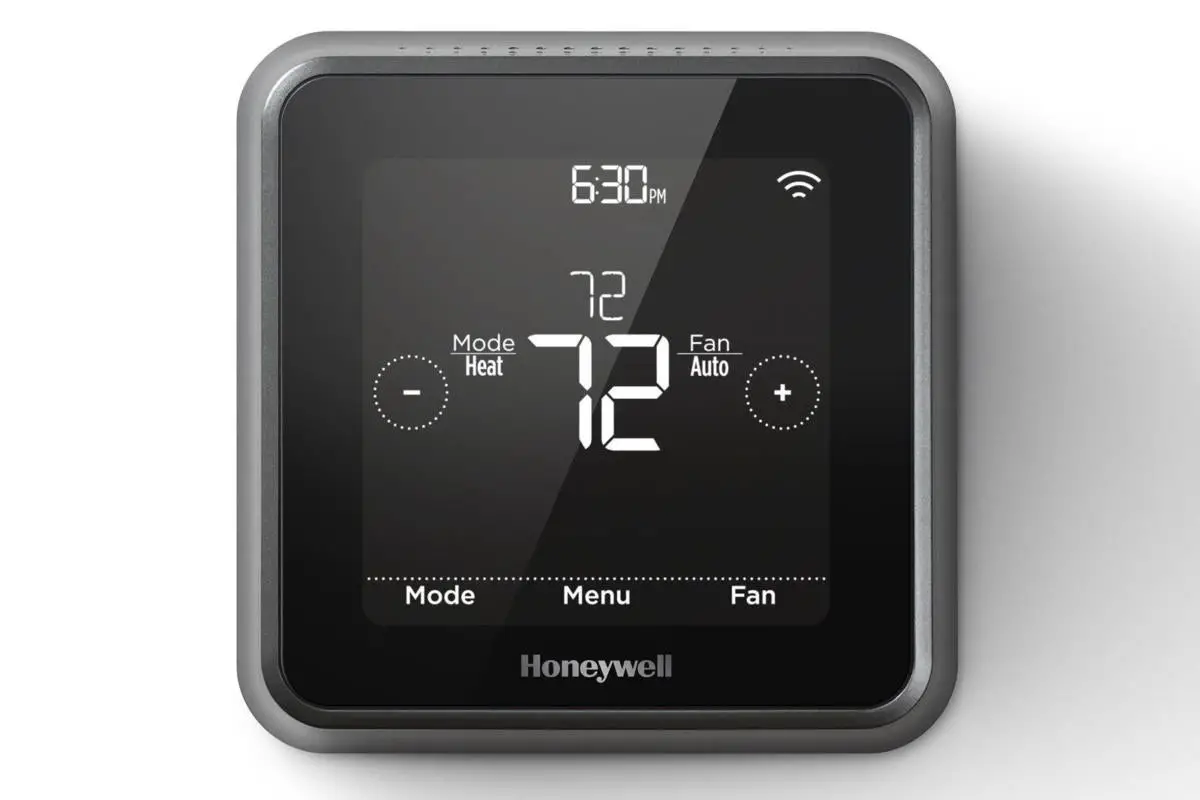
Honeywell is a well-established brand known for its wide range of thermostats, from basic programmable models to advanced smart thermostats. Honeywell thermostats are praised for the great quality of their sensors.
Popular Models
- Honeywell Home T9: A smart thermostat with remote sensor capabilities, priced at $143.
- Honeywell Lyric T5: A budget-friendly smart thermostat with geofencing technology.
Key Features
- User Interface: Honeywell thermostats typically feature touchscreens with intuitive interfaces.
- Remote Sensors: Models like the T9 have remote sensors that help manage hot and cold spots by measuring temperature and humidity.
- Geofencing: Adjusts the temperature based on your location using your smartphone.
- Compatibility: Works with most HVAC systems, including multi-stage heating and cooling systems.
- Integration: Compatible with Alexa, Google Assistant, Apple HomeKit, and IFTTT.
Pros
- A wide range of models cater to different needs and budgets.
- Great integration, especially with Alexa.
- Reliable performance.
- Advanced features like remote sensors and geofencing.
- Good remote access functionality.
Cons
- Some models can be complex to install.
- The user interface may not be as sleek or modern as Nest.
Personal Take:
I’ve installed numerous Honeywell thermostats, and I’m always impressed by their consistency. The Honeywell Home T9, priced at around $143, offers an excellent balance of features and affordability. Its remote sensor capabilities are particularly useful for homes with temperature variations between rooms.
Nest Thermostats
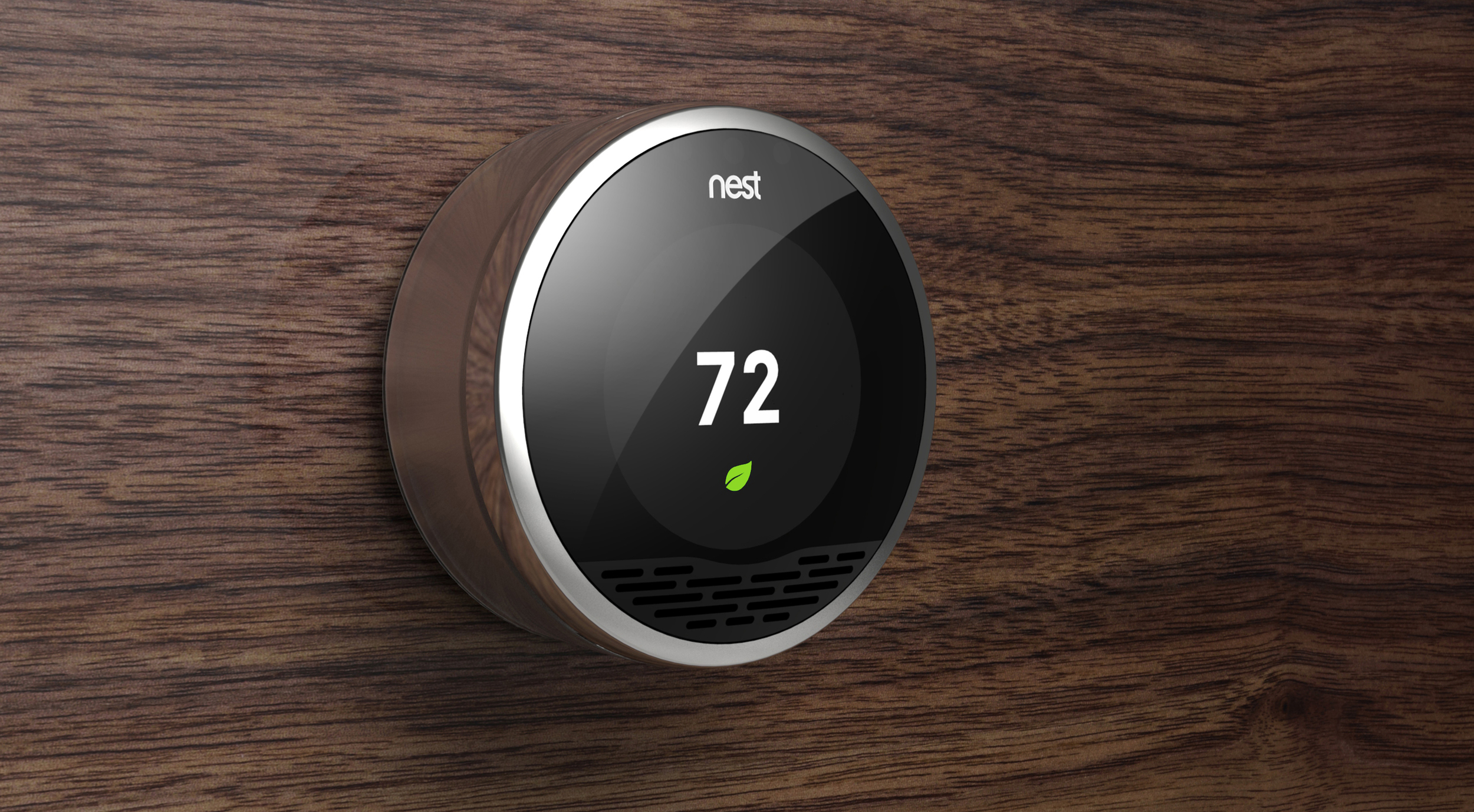
Nest, owned by Google, is known for its sleek design, advanced learning capabilities, and strong integration with Google Home products.
Popular Models
- Nest Learning Thermostat: The flagship model that learns your schedule and preferences, priced at $250.
- Nest Thermostat E: A more affordable option with a simpler design and fewer features, priced at $169.
Key Features
- Auto-Schedule: Learns your preferred temperatures and programs itself.
- Energy History: Shows you how much energy you’ve used and why.
- Home/Away Assist: Automatically adjusts the temperature when you leave or return home.
- Remote Control: Control your thermostat from anywhere using the Nest app.
- Learning Algorithm: Adapts to the preferences of the user over time.
- Compatibility: Works with most HVAC systems, though compatibility should be checked.
- Integration: Works seamlessly with Google Assistant and integrates with other Google Home products.
Pros
- Sleek, modern design that looks great in any home.
- Advanced learning algorithms for energy savings.
- Does not need a C-wire.
- Strong smart home integration, especially with Google products.
- Some utility companies offer Nest thermostats for free as part of their offerings.
Cons
- Higher upfront cost compared to some Honeywell models.
- Limited compatibility with specific HVAC systems.
- Does not support Apple HomeKit.
- Some users report difficulties with system setup.
- The interface is limited and not always user-friendly.
- The slide scroll is not always responsive.
- Integrating the thermostat and the Google Home App is not always smooth.
- Some complaints about customer service.
- No local network control; everything has to go through Nest servers.
Personal Take:
The Nest Learning Thermostat is a conversation starter. Its sleek, circular design with a color display catches the eye of every guest. However, as someone who likes to tinker, I sometimes find the automated features a bit too restrictive. That said, for households already invested in the Google ecosystem, it’s hard to beat the seamless integration.
Ecobee Thermostats
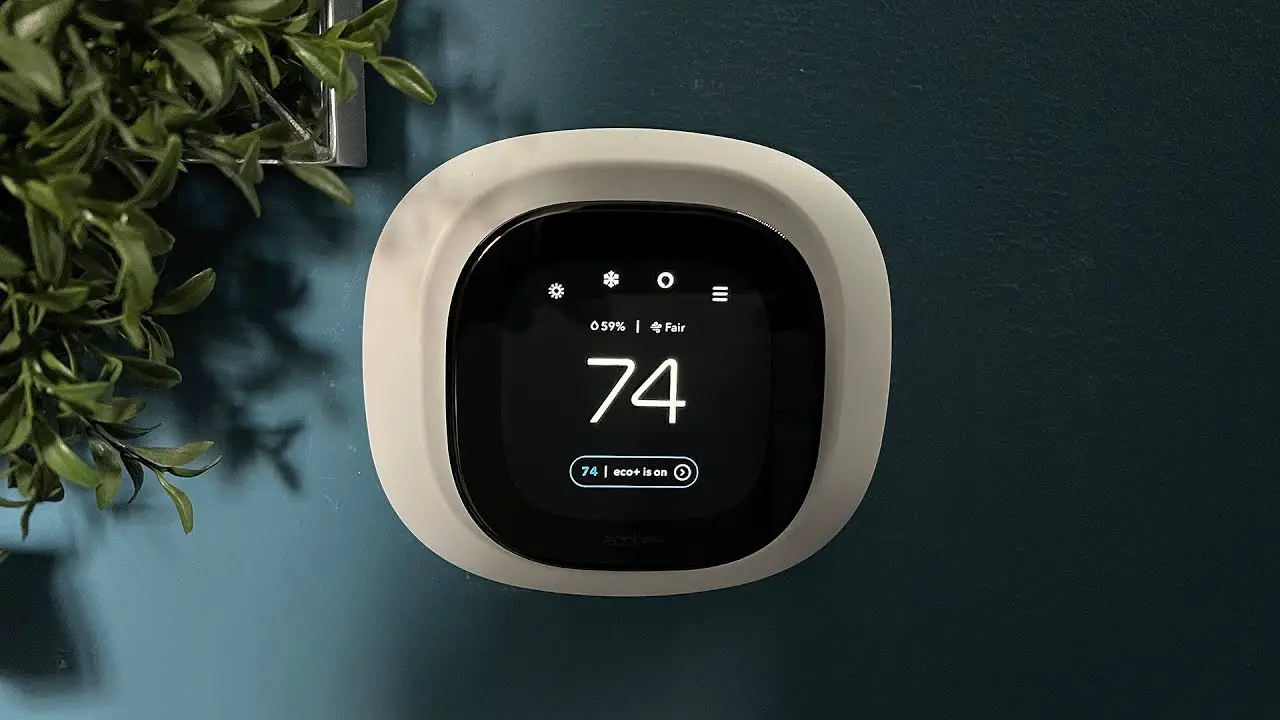
Ecobee is renowned for its focus on energy efficiency and smart home integration. Their thermostats come with advanced features and remote sensor capabilities, making them a top choice for tech-savvy users. However, they are also some of the most expensive options on the market.
Popular Models
- Ecobee Smart Thermostat with Voice Control: This flagship model includes built-in Alexa and remote sensors, priced between $220 and $250.
- Ecobee3 Lite: A more affordable option without built-in voice control but with remote sensor compatibility.
Key Features
- Built-in Voice Control: Comes with Alexa built-in for voice control and smart home integration.
- Remote Sensors: Measures temperature and occupancy, helping to manage hot and cold spots.
- Energy Reports and Savings: Provides detailed energy usage reports.
- Home/Away Feature: Automatically adjusts the temperature based on occupancy.
- Compatibility: Works with most HVAC systems, including multi-stage systems.
- Integration: Compatible with Alexa, Google Assistant, Apple HomeKit, Samsung SmartThings, and IFTTT.
Pros
- Excellent energy-saving features with detailed usage reports.
- Built-in Alexa for seamless smart home integration.
- Remote sensors for more precise temperature control.
- User-friendly display with comprehensive information.
- Detailed logs and reports on system performance.
- Great customer support and useful installation guides.
Cons
- Higher upfront cost compared to some competitors.
- Requires a C-wire for installation.
- The setup might be difficult, but the payoff is great.
- Humidity sensors are not always 100% accurate.
- The scheduling can be confusing initially but becomes intuitive with use.
- Glass design smudges easily.
- Ecobee3 Lite has limited remote access functionality.
Personal Take:
I’m a big fan of Ecobee’s approach. The remote sensors have solved temperature inconsistencies in many homes I’ve worked on. The level of control and data available is perfect for energy-conscious homeowners who want to dig into the details.
Comparison Table
| Feature | Honeywell T9 | Nest Learning | Ecobee Smart |
|---|
| Price | ~$143 | ~$250 | ~$250 |
| Remote Sensors | Yes | Optional | Yes |
| Voice Control | No | No | Yes (Alexa, Google) |
| Learning | No | Yes | No |
| Energy Reports | Basic | Detailed | Very Detailed |
| HomeKit Compatible | Yes | No | Yes |
| Mobile App | Yes | Yes | Yes |
| Geofencing | Yes | Yes | Yes |
| Compatibility | 24V systems | 24V systems | 24V systems |
| Warranty | 1 year | 2 years | 3 years |
Choosing the Right Thermostat: What to Think About
Picking a good thermostat is important for saving energy and staying comfortable at home. There are several things to think about when choosing one.
Know Your Heating and Cooling System
First, you need to know what kind of heating and cooling system you have. This could be central air, a heat pump, or something else. Make sure the thermostat you choose works with your system.
Consider Smart Thermostats
Next, think about whether you want a smart thermostat. These can save energy and let you control the temperature from your phone. But check if your system can use a smart thermostat before buying one.
Check for a C-Wire
Many smart thermostats need a special wire called a C-wire for power. If your home doesn’t have this wire, you might need to install one or choose a different kind of thermostat.
Decide on Features
Smart thermostats come with different features. Some can learn your schedule or adjust when you’re away from home. Think about which of these features would be most useful for you and your family.
Smart Home Compatibility
If you use smart home devices like Alexa or Google Home, check if the thermostat can connect to them. This can make controlling your home’s temperature even easier.
Think About Installation
Installation is another thing to consider. Some thermostats are easier to install than others. Decide if you want to install it yourself or if you’d rather have a professional do it.
Consider Your Family’s Tech Skills
Lastly, think about how good your family is with technology. Make sure everyone in your home can use the thermostat easily. If some people aren’t comfortable with complicated devices, a simpler model might be better.
Conclusion
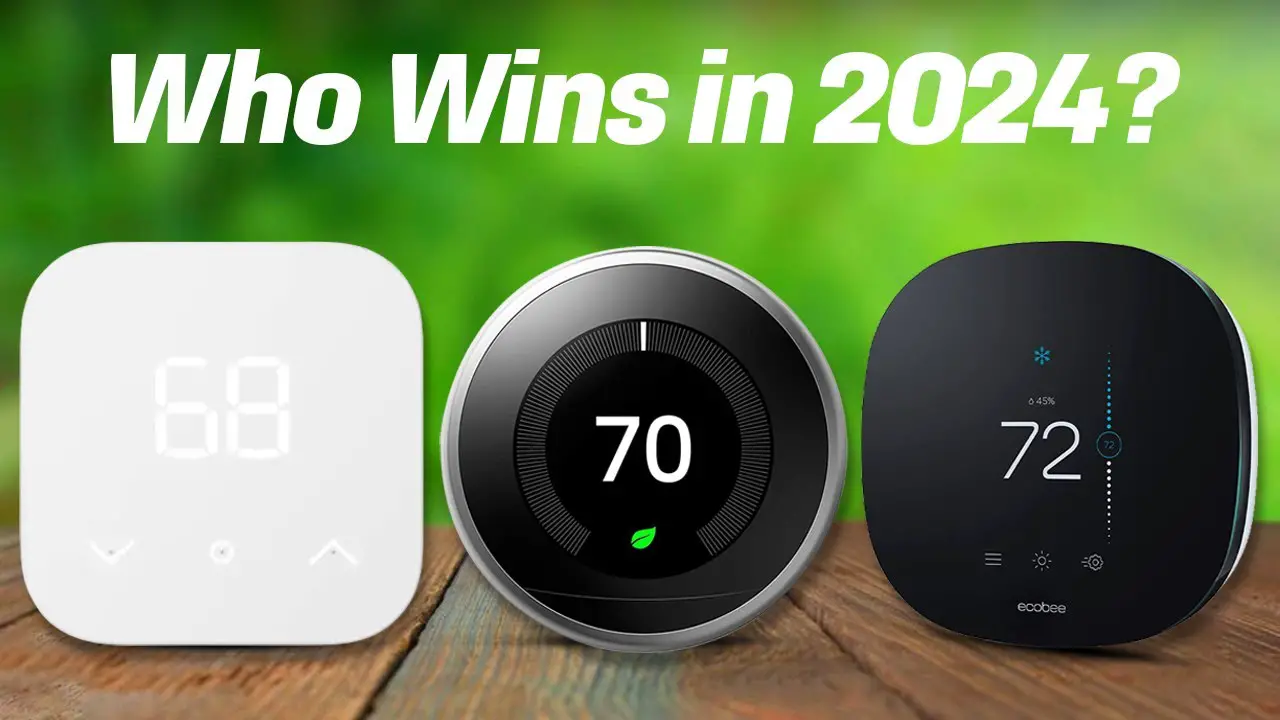
Ecobee
- Best for: Users who want advanced energy-saving features, detailed energy reports, and built-in voice control.
- Ideal for: Homes needing precise temperature control with remote sensors for different zones and users who enjoy customizable options and smart home integration.
- Not optimal for: Homes without a C-wire or older homes with simpler heating systems. The initial setup can be complex.
Nest
- Best for: Users who prefer a sleek design and seamless integration with Google products.
- Ideal for: Those already invested in the Google ecosystem and looking for a thermostat that adjusts to their schedule and preferences.
- Not optimal for: Users needing integration with Apple HomeKit or prefer more manual control over their system.
Honeywell
- Best for: Users who need a wide range of options, reliable performance, and features like remote sensors and geofencing.
- Ideal for: Budget-conscious users who want strong integration with multiple smart home ecosystems and a reliable thermostat at a lower price point.
- Not optimal for: Users looking for the sleekest design or the most advanced smart features.
FAQs
Q: Do I need a C-wire for my smart thermostat?
A: Most smart thermostats require a C-wire for continuous power. Some models can work without it or may need a conversion kit.
Q: Can I install a smart thermostat myself?
A: Yes, many smart thermostats are designed for DIY installation. However, if you’re not comfortable with electrical work, it’s best to hire a professional.
Q: Which smart thermostat is best for energy savings?
A: Ecobee and Nest are both known for their energy-saving features. Ecobee provides detailed energy reports, while Nest has advanced learning algorithms to optimize energy usage.
Q: Are smart thermostats compatible with all HVAC systems?
A: No, not all smart thermostats are compatible with all HVAC systems. Always check the compatibility of the thermostat with your specific system before purchasing.
Q: Can I control my smart thermostat from my phone?
A: Yes, most smart thermostats come with mobile apps that allow you to control the temperature from anywhere.
Choosing the right smart thermostat depends on your specific needs and preferences. Whether you prioritize energy savings, smart home integration, or budget-friendliness, there’s a thermostat out there that’s perfect for you.

I’m Alan William’s, the founder of SmartHeatSolution.com. I am from California, USA, I’m passionate about innovative heating technologies and their impact on our homes and businesses. With a background in electrican and home repair , I aim to make smart, energy-efficient heating accessible to everyone. When I’m not writing, I’m likely interested in all the thermostat brands and their new technnology. Thanks for stopping by!

